Writing: Fiction
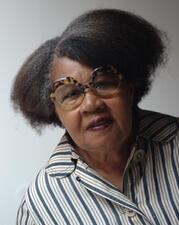
Jamaica Kincaid
Born Elaine Cynthia Potter Richardson, Jamaica Kincaid is a Jewish Afro-Caribbean author. She was sent to the United States from her birthplace in Antigua at the age of sixteen and became a writer while living in the United States.
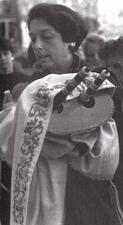
Francine Klagsbrun
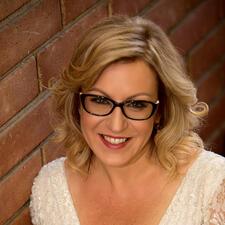
Zoë Klein
Gertrud Kolmar
Gertrud Kolmar was a prolific German-Jewish poet. Kolmar published three collections of poetry during her lifetime, primarily detailing the experiences of women as mothers, childless women, lovers, mourners, travelers, and the persecuted. Kolmar’s work is a vehicle for readers of the early twenty-first century to come to terms with the events of the Shoah.
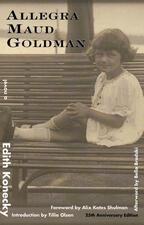
Edith Konecky
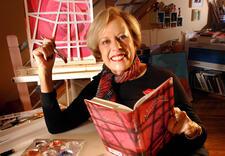
EL Konigsburg
Elaine Lobl Konigsburg is best remembered from her many beloved children’s novels, including The Mixed-Up Files of Mrs. Basil E. Frankweiler, Jennifer, Hecate, Macbeth, William McKinley and Me, Elizbeth, and The View from Saturday. Her novels and her characters reflect the angst of growing up in a middle-class world and finding your way, no matter where you come from.
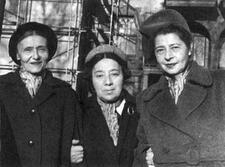
Rokhl Häring Korn
Rokhl Häring Korn is a major figure in modern Yiddish literature. She published eight volumes of poetry and two collections of fiction, much of which focused on themes of homelessness, the upheaval of war, and her experience during the Holocaust.
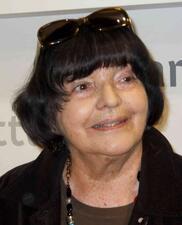
Hanna Krall
Hanna Krall is one of the most important Polish-Jewish writers and reporters. A Holocaust survivor, she portrays in her own extremely concise manner the vicissitudes of other survivors, rescuers, and perpetrators. Krall has been internationally recognized and her works have been translated into fourteen languages.
Judith Krantz
Novelist Judith Krantz began her career as a fashion publicist, writer, and editor for numerous magazines, which would shape the themes of her popular and best-selling novels. Beginning with Scruples in 1978, Krantz’s books were about fashion, beauty, fame, money, and sex, and always featured working women.
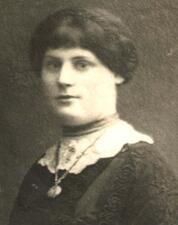
Esther Kreitman
Esther Kreitman was the sole female writer in what many consider to be the most prominent family in the history of Yiddish literature, that of brothers I.B. and I.J. Singer. Krietman’s most notable contributions to Yiddish literature include her writings in support of the Haskalah and her autobiographical novel, Der Sheydim Tants (Deborah).
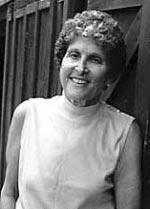
Maxine Kumin
Maxine Kumin is most widely known as a nature poet for her well-crafted descriptions of life on her New Hampshire farm. Yet increasingly her social conscience prompted her also to write “poetry of witness,” protesting torture and other injustices. Her strong Jewish consciousness showed itself in poems about her Jewish ancestors and historic injustices to Jews and in use of sacred Jewish texts to form an environmental message.
Ewa Kuryluk
Ewa Kuryluk is an author, writer, essayist, artist, and art historian. Born in Poland, she did not know for a long time that her mother was a Jew and a member of the underground whose survival had been facilitated by her future husband. Kurlyuk has published in the field of art history, produced art held by museums around the world, and written poetry and novels.

Ellen Kushner
Ladino (Judeo-Spanish) Press in the United States
The Ladino press of the United States, still largely unexplored, is the most vital source for the multifaceted history of Sephardic women in early twentieth-century America. Though the editors, along with much of the readership, were male, these numerous publications are an important source of information about the social status and activities of Sephardic women, and even more so, illuminate male perception of them.
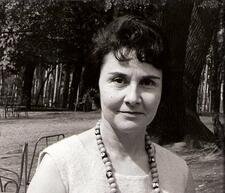
Anna Langfus
After surviving political prison in Poland during the Holocaust, Anna Langfus moved to France and began writing plays and novels that dealt with themes of war, destruction, and loss. In her works, she weaved autobiographical material with fiction, capturing her harrowing experiences in her art.
Shulamit Lapid
Shulamit Lapid is an Israeli-Jewish novelist and playwright born in 1934. Her literary work focuses on feminism, social consciousness, and immigration to Israel.
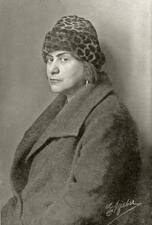
Else Lasker-Schüler
Else Lasker-Schüler was a German-Jewish poet, short story writer, novelist, and playwright. Born in Elberfeld (today part of Wuppertal, Germany) in 1869, Lasker-Schüler is best known for her dream-like, bohemian poetry.
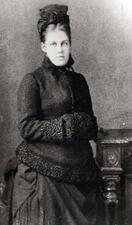
Emma Lazarus
Emma Lazarus (1849-1887), an internationally known poet and essayist, created the role of the American Jewish writer. She lent her voice to the Statue of Liberty to enunciate a vision for America, but she herself was in no doubt about the Jewish roots of her vision in tikkun olam (repairing the world) through righteousness, justice, and compassion.
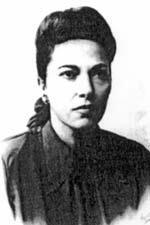
Blume Lempel
Blume Lempel used stream-of-consciousness, flashback, and free association in her writing to create unique stories with themes rarely seen in Yiddish literature: eroticism, incest, and rape. She only wrote in Yiddish, and much of her work remained untranslated until very recently.
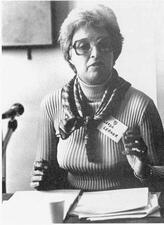
Gerda Lerner
Entering the field of United States history in 1966, Gerda Lerner blazed a new professional path that led to the establishment of the field of women’s history. Lerner’s force and commitment made her impervious to the ridicule with which the male-dominated profession initially responded to the notion of women’s history.
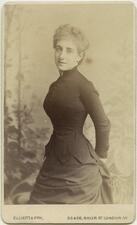
Ada Leverson
Although essentially a product of the revolt against High Victorianism, as well as of Edwardian and pre-War social mores, Ada Leverson remained attuned to the latest cultural trends, and was quite a prominent figure in the literary and artistic circles of the twenties. Her stylish and pleasurable novels afford invaluable insights into the human comedy and the English society of her day.
Lia Levi

Sonya Levien
From the silent movie era through 1960, Sonya Levien crafted over seventy films ranging from the 1939 Hunchback of Notre Dame to the screen adaptation of Oklahoma! Levien was one of Hollywood’s highest-paid and most highly sought screenwriters, known for her ability to adapt any story quickly and to fix an ailing script.
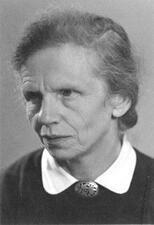
Emma Levine-Talmi
Politician and writer, Emma Levine-Talmi, grew up in a liberal Jewish home in Warsaw before immigrating alone to Palestine in 1924 at the age of nineteen. She was active in Kibbutz life before becoming a member of Knesset for the Mapam party. During her time in the Knesset, she engaged in social issues, including, equal rights for women.
Elma Ehrlich Levinger
Early twentieth-century author and educator Elma Ehrlich Levinger wrote over thirty books for children and several for adults—all of which emphasize the importance of maintaining Jewish identity in America.


